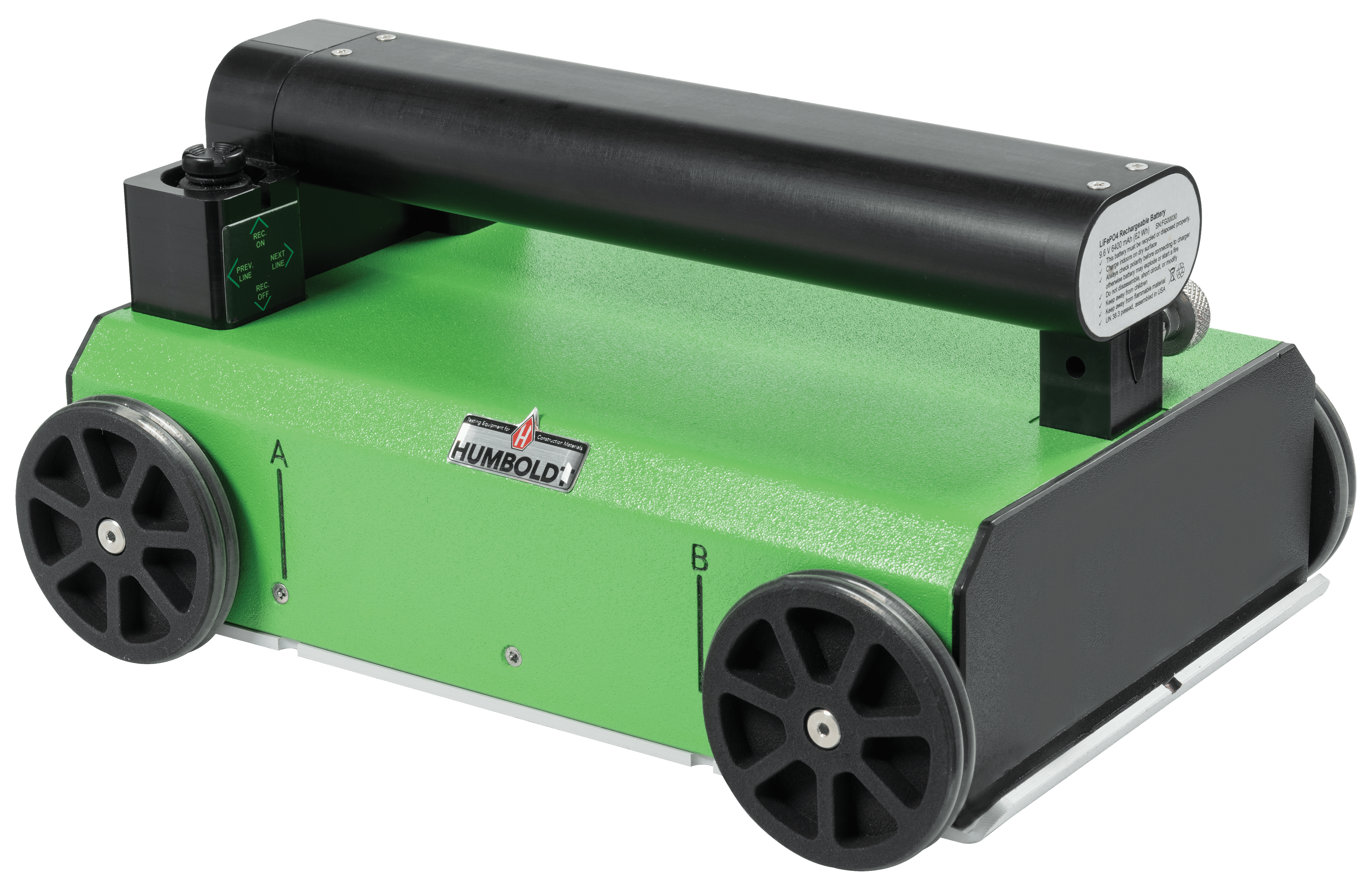RainierGPR Service Areas: Top Concrete Scanning Solutions Across Regions
RainierGPR Service Areas: Top Concrete Scanning Solutions Across Regions
Blog Article
Concrete Scanning: An Essential Action Towards Making Certain Architectural Honesty and Safety And Security
In the realm of building and framework maintenance, the relevance of concrete scanning can not be overemphasized. This careful procedure holds the key to revealing potential risks hidden underneath the surface area of apparently solid structures. By employing advanced modern technology and methods, concrete scanning serves as a crucial device in guaranteeing that the integrity and safety and security of bridges and structures are promoted to the greatest requirements. However, beyond its surface-level effects, the duty of concrete scanning prolongs much deeper than satisfies the eye.
Value of Concrete Scanning
Concrete scanning plays an important role in making sure the structural integrity and safety of buildings and framework projects. By utilizing innovative modern technologies such as ground-penetrating radar (GPR) and electromagnetic induction, professionals can non-destructively evaluate concrete frameworks to identify possible flaws, gaps, embedded items, and reinforcement layout. This procedure enables early detection of anomalies that could compromise the stability of a framework, protecting against costly problems and making certain the safety and security of residents.
Prior to boring, cutting, or coring into concrete, scanning helps recognize the accurate places of rebar, post-tension cable televisions, and various other ingrained aspects, reducing the risk of accidental hits that can lead to architectural weak points. In addition, concrete scanning help in quality control by verifying the density of concrete covers and discovering any type of discrepancies that may affect the overall durability of the framework.
Technology for Concrete Examination

Advantages of Early Detection
Timely detection of architectural problems can dramatically mitigate risks and guarantee the durability of building tasks. By recognizing potential troubles early on in the building and construction procedure, stakeholders can take proactive steps to attend to problems prior to they rise right into bigger and extra pricey issues. Among the vital benefits of very early detection is the prevention of structural failures, which can position serious safety hazards and result in project discover here hold-ups and economic losses.
Moreover, very early detection enables timely repair services and maintenance, which can assist prolong the life expectancy of the structure. By dealing with problems quickly, building teams can avoid costly repair work or perhaps the demand for early substitute of structural elements. This proactive approach not just saves time and money but likewise enhances the general safety and longevity of the building job.
Furthermore, early discovery can enhance task preparation and decision-making by giving stakeholders with valuable understandings into the condition of the structure. Equipped with this details, job managers can make educated choices concerning building and construction materials, methods, and visit the website timelines, resulting in extra successful and reliable task outcomes.
Making Certain Structural Stability
Making certain the structural security of a construction job is vital to its safety and security and durability. Architectural security describes the capability of a structure or infrastructure to preserve its kind and function under environmental problems and various tons. To achieve this, complete analysis and surveillance of the framework are necessary. Concrete scanning plays a crucial role click site in making sure architectural security by finding possible issues such as voids, delamination, or reinforcement corrosion that might endanger the honesty of the framework with time.
By making use of advanced scanning technologies like ground-penetrating radar (GPR) and electromagnetic induction, building professionals can non-invasively evaluate concrete frameworks to determine locations of worry under the surface area. This aggressive strategy permits the very early discovery of flaws or weak points, making it possible for prompt repairs or reinforcement to avoid architectural failures.
Regular concrete scanning throughout various building and construction phases and throughout the life cycle of a framework can help keep its security, reduce dangers, and ensure the safety of residents. By prioritizing architectural stability with concrete scanning, building tasks can boost their resilience and toughness, inevitably adding to greater safety and security and durability.

Avoiding Crucial Failings
Executing regular evaluations, such as concrete scanning, can expose hidden flaws like gaps, cracks, or corrosion that might endanger the honesty of a framework. By making use of advanced scanning technologies like Ground Permeating Radar (GPR) or Concrete X-ray, designers can non-destructively assess the problem of concrete and recognize weak factors that call for reinforcement or repair service.

Final Thought
In verdict, concrete scanning plays an essential duty in making sure architectural integrity and safety by using innovative modern technology for very early detection of potential issues. This proactive strategy aids avoid important failings and makes certain the security of frameworks. It is necessary to focus on concrete assessment as a common method to safeguard the long life and security of structures and facilities.
Concrete scanning plays a vital function in ensuring the structural honesty and safety of buildings and infrastructure jobs. In addition, concrete scanning aids in high quality control by confirming the thickness of concrete covers and spotting any type of discrepancies that might influence the general sturdiness of the framework. Concrete scanning plays a critical function in guaranteeing architectural stability by spotting prospective issues such as spaces, delamination, or reinforcement deterioration that could endanger the stability of the structure over time.

In final thought, concrete scanning plays a critical role in ensuring architectural honesty and safety by utilizing sophisticated modern technology for very early discovery of possible problems.
Report this page